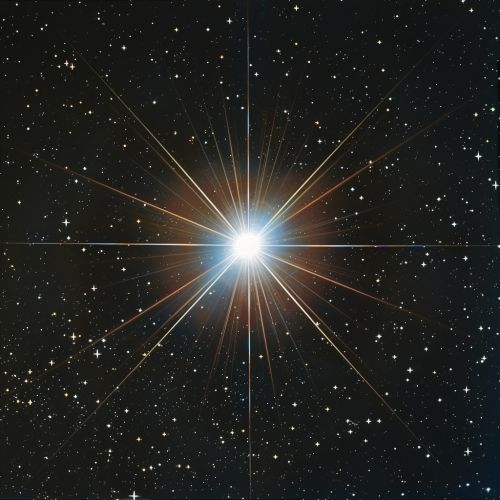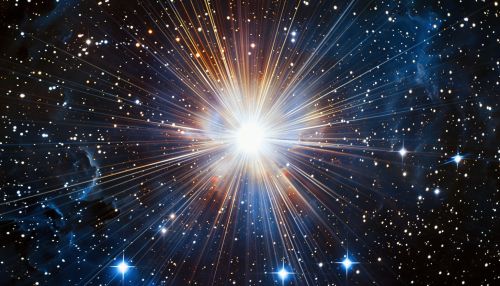Supergiant
Introduction
A supergiant is a massive star that has a high luminosity and a radius much larger than that of the sun. Supergiants are among the most visible stars in the universe, and they play a crucial role in the evolution of galaxies. They are characterized by their large mass, high luminosity, and relatively short lifespan compared to other stars.
Classification
Supergiants are classified into two main types: red supergiants (RSGs) and blue supergiants (BSGs). The color of a supergiant star is determined by its surface temperature, with red supergiants being cooler and blue supergiants being hotter. Both types of supergiants are evolved stars, meaning they have exhausted the hydrogen fuel in their cores and have begun burning heavier elements.


Physical Characteristics
Supergiants are among the most massive and luminous stars in the universe. Their radii can be hundreds to thousands of times larger than that of the sun, and their luminosities can be millions of times greater. Despite their large size, supergiants have relatively low densities due to their high temperatures and large volumes.
Formation
Supergiants are formed from massive main-sequence stars that have exhausted the hydrogen fuel in their cores. Once the core hydrogen is depleted, the star begins to contract under its own gravity, causing the temperature and pressure in the core to increase. This triggers the fusion of heavier elements, leading to the expansion of the star's outer layers and its evolution into a supergiant.
Evolution
The evolution of a supergiant star is largely determined by its initial mass. Stars with initial masses of about 10 to 25 solar masses will evolve into red supergiants, while those with initial masses greater than 25 solar masses will become blue supergiants. The lifespan of a supergiant is relatively short compared to other stars, typically only a few million years.
End Stages
The end stages of a supergiant's life are characterized by a series of nuclear burning stages, each of which produces a different element. Once the star has exhausted all possible nuclear fuel, it will undergo a catastrophic explosion known as a supernova. This explosion disperses the outer layers of the star into space, leaving behind a dense core that can become a neutron star or a black hole, depending on the star's initial mass.
Observations and Studies
Supergiants are of great interest to astronomers due to their high luminosities and their role in the evolution of galaxies. They are often used as standard candles in distance measurements due to their consistent luminosities. Studies of supergiants also provide insights into the processes of stellar evolution and nucleosynthesis.
